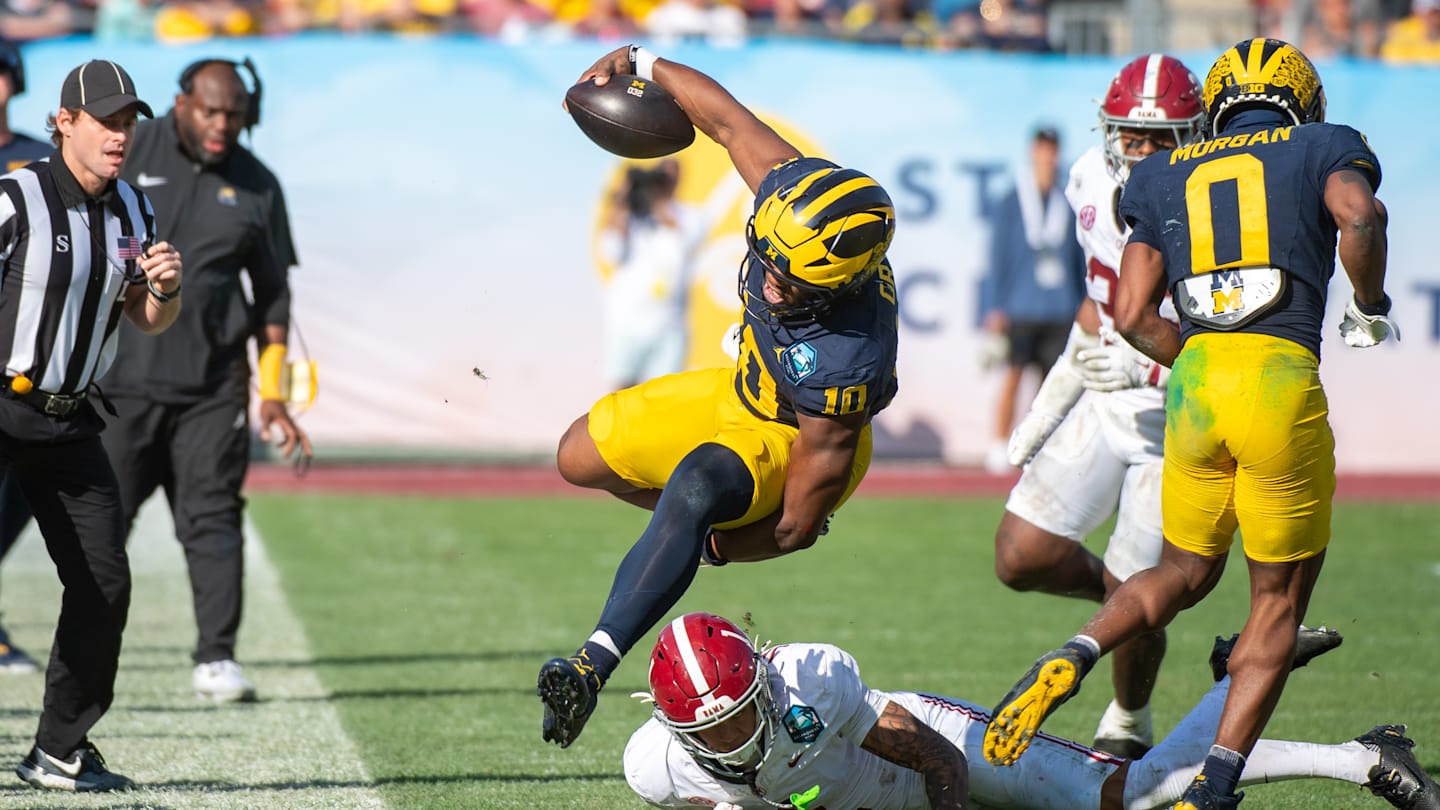Wall Street is narrowing in on must-watch tech giant Nvidia (NVDA) this week, as the $4 trillion semiconductor company reports earnings amid an ongoing skid in the technology sector.
“When the group goes down and the most important stock in the group reports earnings, that is going to have a bigger impact than usual,” Matthew Maley, chief market strategist at Miller Tabak, told Reuters.
That impact has analysts rushing to change their projections for the release of Nvidia’s quarterly report on Wednesday, with multiple influential predictions now adjusted to show a higher price target of $194 per share for that 12-month period, the highest amount for which the shares have ever traded.
The stock closed up more than 3% at the end of trading Friday at $177.99 amid a broader market rally led by other tech and finance companies. We covered the crypto companies that pushed that surge earlier today.
“What you’re seeing is the recognition that growth at Nvidia is rock solid,” Brian Mulberry, client portfolio manager at Zacks Investment Management, told Bloomberg. “Analysts are raising projections because they simply need to, the stock is not going to slow down.”
How did Nvidia get here?
It’s been quite a year for Nvidia.
The stock has been caught in the Trump administration’s tariff wars and fell sharply in April. It has since clawed back about three-quarters of those losses.
But that dip followed a chilly beginning to 2025, as it became clear that even Nvidia would have tough competition from compatriot company DeepSeek, which rolled out a discount AI model that astonished the market.
Recently, the stock wobbled this week as the broader AI market felt the effects of being dubbed a “bubble” by OpenAI CEO Sam Altman.
More immediately, Nvidia has signaled it is willing to play ball with Trump’s aggressive attempts to take stakes in major tech companies like Apple and AMD.
Nvidia CEO Jensen Huang said Friday that the company is in talks with the American government to produce a new computer chip, a move that coincides with a joint announcement that the U.S. will take a 10% ownership slice of Intel.
“I’m offering a new product to China for … AI data centers, the follow-on to H20,” Huang said. But he added that “That’s not our decision to make. It’s up to, of course, the United States government. And we’re in dialogue with them, but it’s too soon to know.”
In the wake of Altman’s comments, however, Nvidia’s share price fell to $174 from $182 in 48 hours, as proponents of the AI bubble theory came out in force.
Huge expectations for a huge achiever
Still, no matter how much external pressure Nvidia feels from competitors and a rapidly evolving landscape of technology, it still remains the dominant player because of its sheer size and faster moves out of the starting blocks with its AI.
It also has far more reach and potentially a wider variety of clients for its more diversified set of products.
“[Nvidia] commentary on the demand side… should be more bullish just because their largest customers have all kind of upped their capex guidance over the last few quarters,” Roach told Reuters.
In fact, it is so big and has grown at such a scorching pace that if its quarterly revenue is up less than 70% year over year when it reports Wednesday, the company would likely see its share price fall.
A growth in revenue at that rate would be a major coup for most other companies, 24/7 Wall Street points out—for Nvidia, however, it would alarm investors who are spooked by the idea that it may eventually even slow down.
Source link

